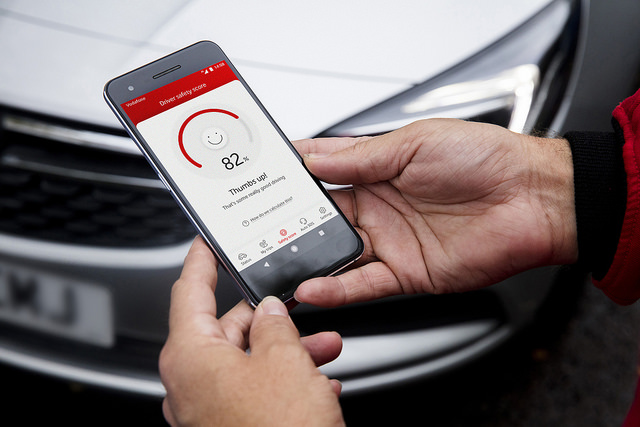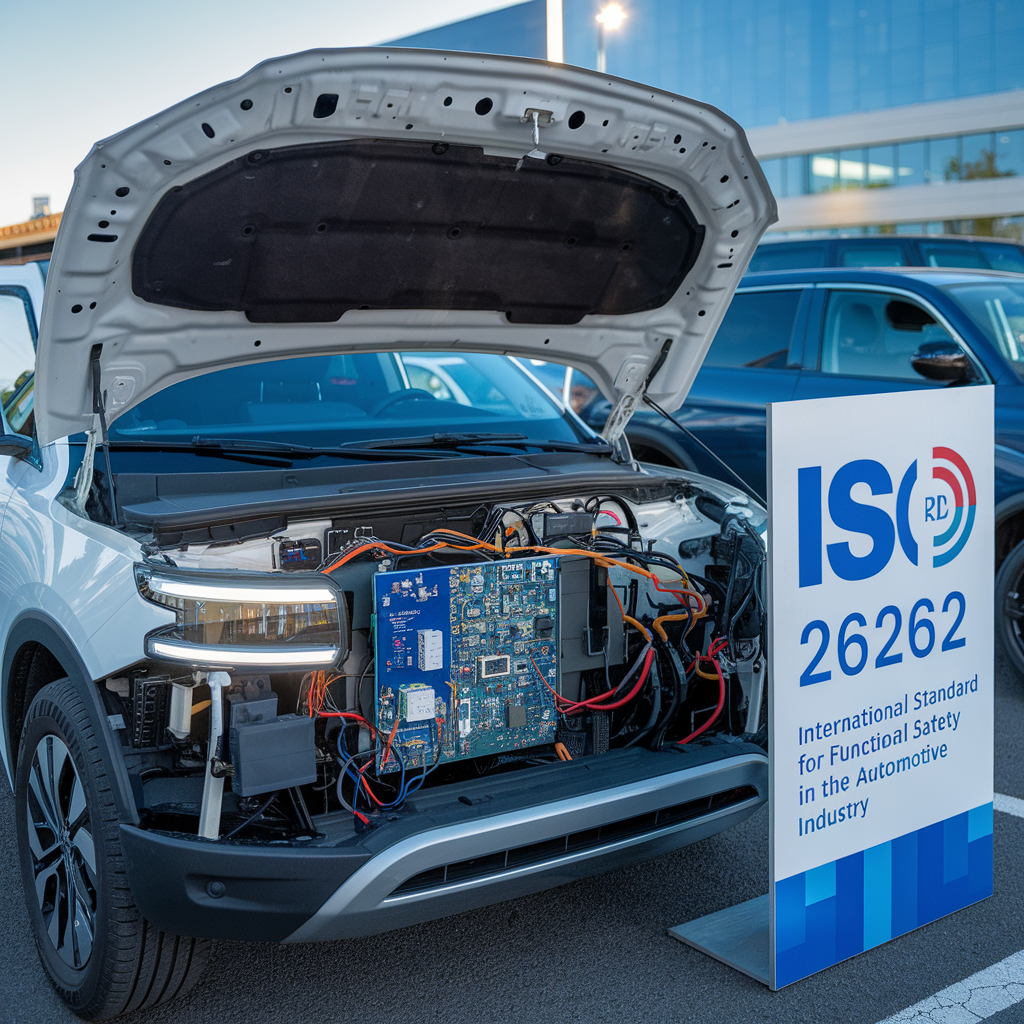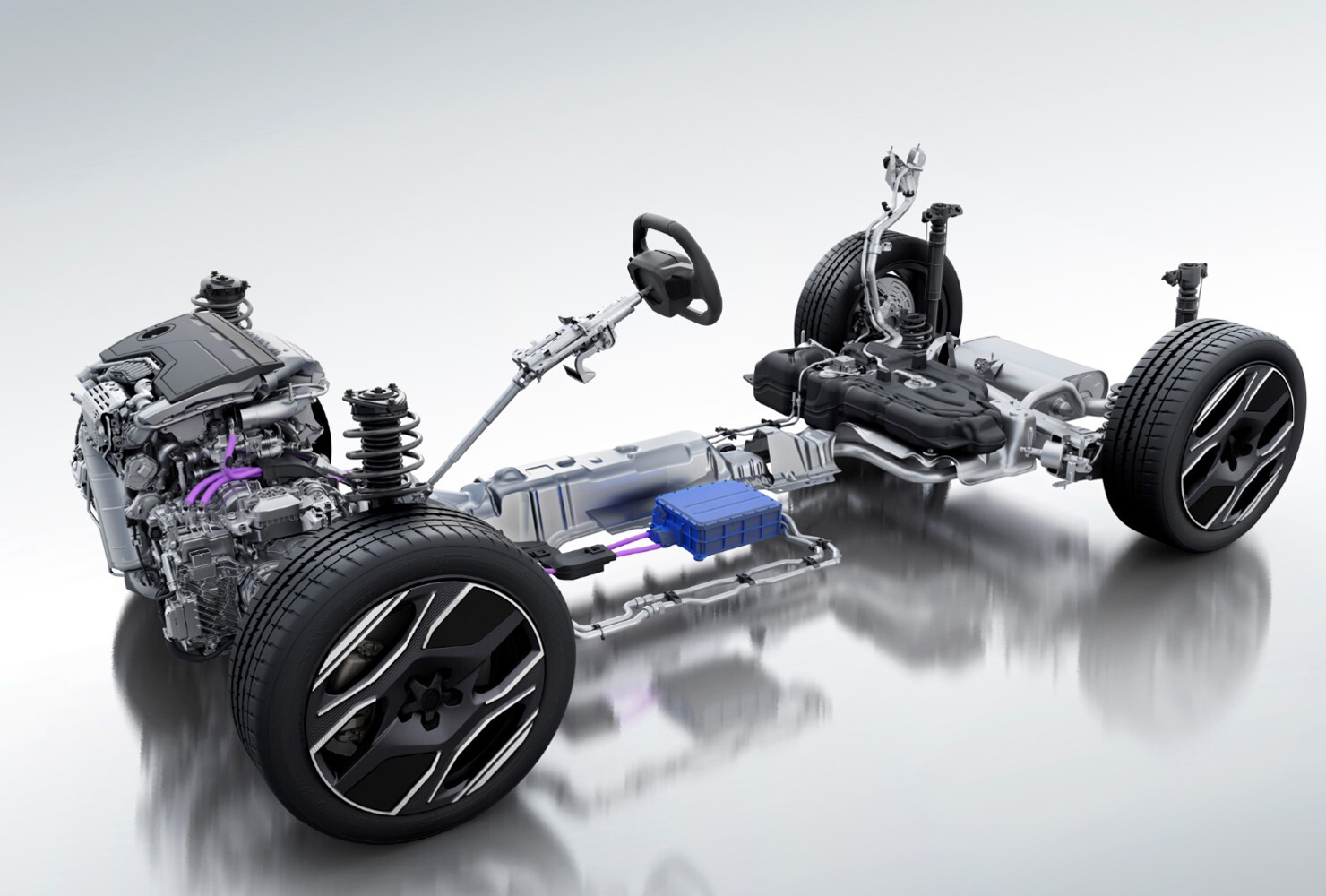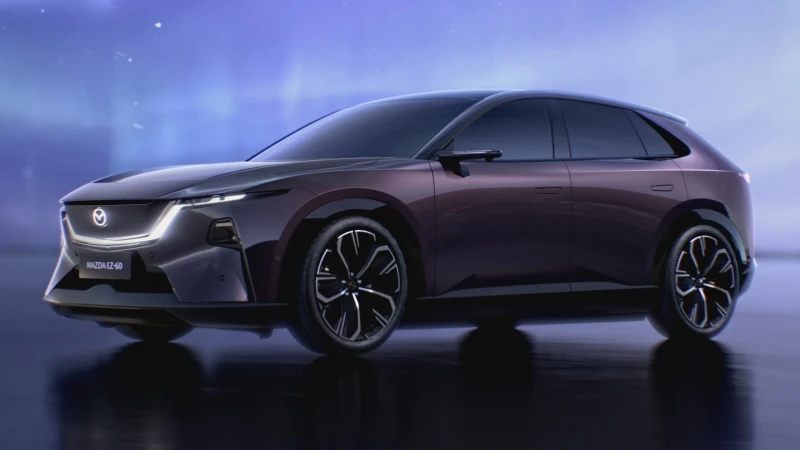
Explore how Chinese auto OEMs like Zeekr and NIO are leading the shift to 5G in NEVs, while still offering 4G options for mass-market vehicles. Discover the future of automotive connectivity.

Drivetech Partners
Chinese Auto OEMs Embrace 5G in NEVs, Retain 4G Options
Introduction to Connectivity in Chinese Automobiles
In recent years, the automotive industry in China has witnessed a transformative shift towards integrating advanced connectivity technologies into vehicles. Among these, 5G has emerged as the leading frontier, offering unparalleled connectivity speeds and enhancing the driving experience. However, while this development signals a significant technological milestone, it does not overshadow the continued use of 4G LTE in many vehicles, especially in mass-market and budget models. Brands such as Zeekr, Denza, Avatr, Voyah, IM, Li Auto, and NIO are spearheading this connectivity revolution, particularly within the new energy vehicle (NEV) segment.
The Rise of 5G Connectivity in Chinese Vehicles
The adoption of 5G technology in the automotive sector is both rapid and strategic. In 2023, approximately 1.633 million passenger cars were equipped with 5G modules, reflecting an installation rate of around 7.5%. By 2027, it is projected that this figure will rise to 7.856 million units, achieving an impressive installation rate of 35.6%. This shift is driven by China's aggressive expansion of 5G infrastructure, which has seen the country host around 3.509 million 5G base stations, accounting for 29.8% of all mobile base stations.
5G technology enhances in-car connectivity, supporting a plethora of advanced features such as real-time navigation updates, high-definition media streaming, and seamless interaction with smart home devices. It also lays the groundwork for the future of autonomous driving by enabling 5G-V2X (Vehicle-to-Everything) communication. This advancement is crucial for the realization of high-level autonomous driving capabilities, as outlined in the "China Automotive and 5G Industry Integration Development Report 2022."
Leading Brands Paving the Way
Chinese automotive brands like Zeekr, Denza, Avatr, Voyah, IM, Li Auto, and NIO are at the forefront of integrating 5G into their vehicle offerings. These brands, particularly in their NEV lines, have made 5G connectivity a standard feature. For instance, NIO's ES6 model showcases this technological upgrade with features like voice-activated controls and an extended range of 610 kilometers per charge. Such models are setting new standards in convenience, performance, and connectivity.
Furthermore, these companies are leveraging 5G to enhance safety and innovation. The advanced communication capabilities of 5G allow for more precise vehicle diagnostics, predictive maintenance, and enhanced navigation systems, ultimately leading to a safer driving experience.
The Continued Role of 4G LTE
Despite the surge in 5G adoption, 4G LTE remains a vital component of many vehicles, particularly in the mass-market and lower-priced segments. This approach allows manufacturers to maintain affordability while catering to a broader consumer base. 4G LTE continues to offer reliable connectivity for essential features such as internet browsing, music streaming, and basic navigation services, ensuring that consumers still enjoy a connected experience without the added cost of 5G technology.
For many consumers, the simplicity and cost-effectiveness of 4G LTE are compelling reasons to remain with the technology, especially when the benefits of 5G might not yet be fully realized or necessary for their specific usage patterns.
The Future of Connectivity in Chinese Automobiles
The landscape of vehicle connectivity in China is poised for significant change. With the expansion of 5G infrastructure and the integration of cutting-edge technologies, the automotive industry is on the cusp of a new era. While 4G LTE remains prevalent, the long-term trend indicates a gradual shift towards universal 5G adoption, as it becomes an essential feature in enhancing vehicle safety, performance, and user satisfaction.
As brands like Zeekr, Denza, and NIO continue to innovate, the line between connectivity and autonomy will blur, creating a future where vehicles are not just modes of transport but integrated hubs of mobility and technology.
The commitment of Chinese auto OEMs to integrate these technologies reflects a broader industry ambition to lead in the global market, leveraging advanced connectivity as a key differentiator in their product offerings.
For more information:
Businesswire
Wedbush
VINnews





